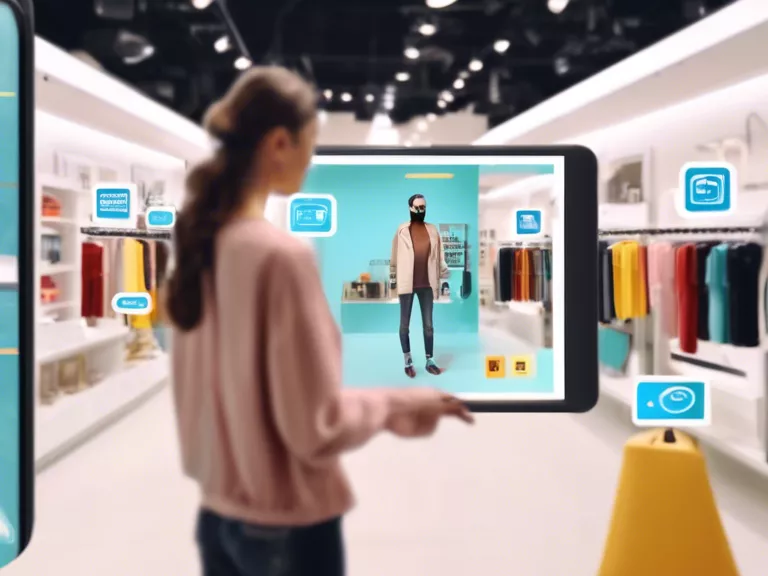
The rise of Buy Now, Pay Later services has revolutionized the way consumers shop and spend money. These services allow shoppers to make purchases without paying the full amount upfront, instead opting for installment payments over time. This flexible payment option has gained popularity among consumers, leading to a shift in consumer spending habits.
One of the key ways in which Buy Now, Pay Later services are transforming consumer spending habits is by making high-ticket items more accessible. With the ability to spread out payments over several weeks or months, consumers can afford to purchase big-ticket items that may have previously been out of reach. This not only benefits consumers by allowing them to make important purchases, but it also benefits retailers by increasing sales of more expensive items.
Additionally, Buy Now, Pay Later services are changing the way consumers approach budgeting and financial planning. By breaking payments into smaller, more manageable chunks, consumers can more easily incorporate purchases into their overall budget. This can help consumers avoid overspending and falling into debt, leading to more responsible financial habits.
Another way in which Buy Now, Pay Later services are transforming consumer spending habits is by offering a seamless and convenient checkout experience. Many of these services are integrated directly into online retailers' websites, allowing shoppers to select the option during the checkout process. This eliminates the need to enter credit card information or wait for approval, streamlining the purchasing process and making it easier for consumers to make quick decisions.
Overall, Buy Now, Pay Later services are revolutionizing consumer spending habits by making purchases more affordable, changing the way consumers approach budgeting, and offering a convenient checkout experience. As these services continue to grow in popularity, it is clear that they will have a long-lasting impact on the retail industry and how consumers shop.



